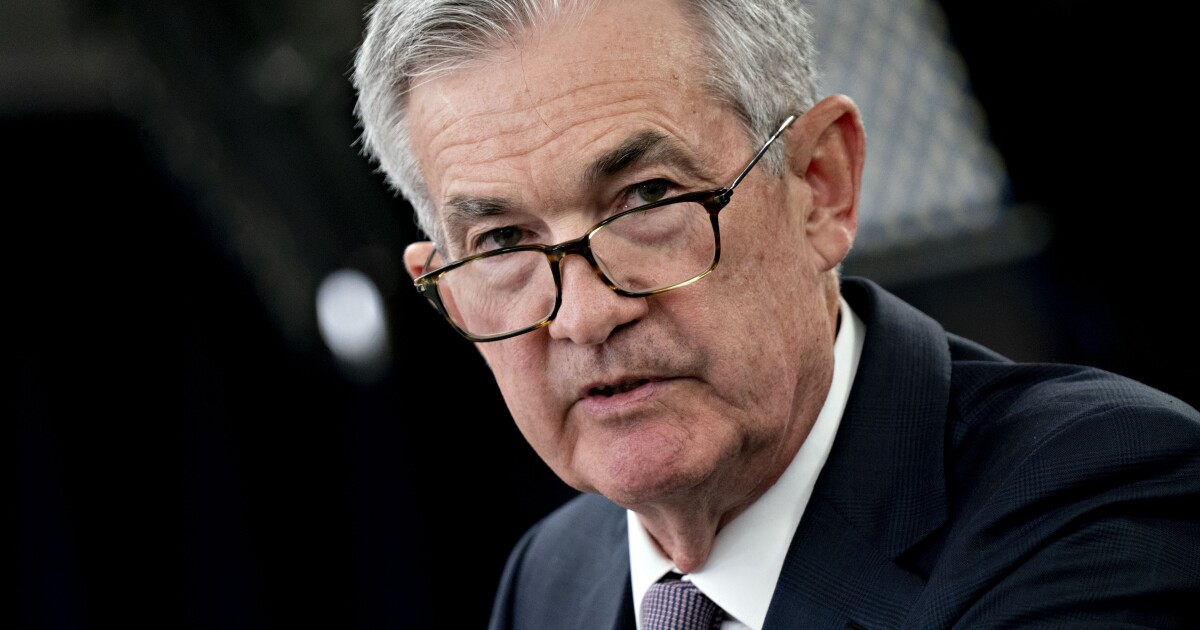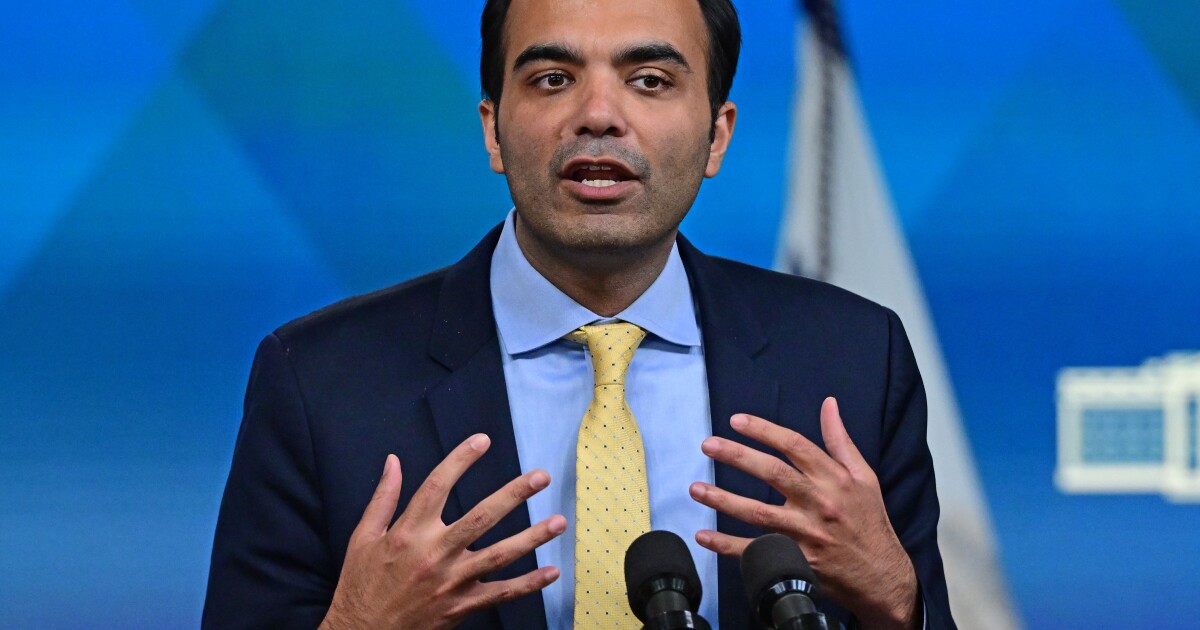
The
Benchmark levels have remained at 5.25% to 5.50% since last July, with a unanimous FOMC decision coming out on the same day the Consumer Price Index showed signs of easing inflation in May.
"The most recent inflation readings have been more favorable than earlier in the year, however, and there has been modest further progress toward our inflation objective," said Federal Reserve Chair Jerome Powell in a post-meeting press conference.
"We do see today's report as progress and as building confidence, but we don't see ourselves as having the confidence that would warrant beginning to to loosen policy at this time," he noted.
The central bank has held firm to a target mark of 2% inflation in order for cuts to begin. Tuesday's CPI release showed inflation rising 3.3% annually, slowing for the first time since January.
Investors reacted to the day's developments by first immediately sending stock futures up following the morning's inflation report. Ten-year Treasury yields also headed lower, falling from 4.41% to 4.28% on Wednesday morning after the inflation announcement and closing at 4.33%.
The fall of the 10-year yield, which influences home lending rates,
"Today's announcement does not change our forecast for mortgage rates. We still look for mortgage rates to drop to about 6.5% by the end of 2024," said Mortgage Bankers Association Chief Economist Mike Fratantoni in a statement.
Despite
"To get one month down, it basically puts the possibility, — bordering on probability — of at least one or two rate cuts in the second half of the year back on the table where that door was starting to close," he said.
The median dot plot among Fed governors also pointed to the bank slashing rates twice that year. But variation among the responses showed no overwhelming consensus, with a greater number of officials anticipating either one or no cuts rather than two.
The Chicago Mercantile Exchange's Fedwatch tool, which tracks the probability of central bank rate decisions, saw the likelihood of a September cut climb above 60% and above 90% for ithe December meeting based on the developments Wednesday.
Still, markets have seen versions of this story play out before, with momentum from prior seemingly promising data releases failing to result in expected outcomes and fueling 2024 rate volatility. After signs of an economic slowdown in late 2023, dovish comments from Powell after the December FOMC meeting
"The market just sprinted with it. Two quarters later — that doesn't look so prophetic at this point," Lokar said.
With recent experience to draw from, the Fed may serve itself and the public better by erring on the side of caution before proceeding with change in monetary policy, said Charlie Wise, head of global research and consulting at Transunion.
While greater prudence might disappoint markets, the consequences of cutting rates too soon could be even more detrimental.
"Once they lower rates, there's going to be a huge jump in the stock market, which creates a wealth effect, which makes people feel wealthier, which makes people feel more confident, which makes people spend, which drives up demand and prices," Wise said.
"There's a big risk that when they do this, that they're simply going to undo all of the hard work that we've done over the last years, and they're going to have to go right back to tightening."
Powell concurred in his press conference, saying that if the Fed moved too quickly, "it could be very disruptive." He also hedged on providing an exact timeline for any rate reduction, despite dot plot forecasts.
"I don't have a precise date for you, but we want to make sure we're confident that inflation is actually moving back down to 2%. And when we are, then we can look at loosening policy," he said.
How close the economy can get to 2% is a question mark, though, and may require re-evaluating the target level, Wise said.
"That last mile of inflation is going to be really tough. The wage price spiral is still present, because there's still people out there that are expecting 5% wage gains every year. There's only one way businesses pay for that, and that's to raise prices."
Propping inflation up over the past two years have been rent and shelter costs, which rose dramatically post pandemic, which Powell also addressed but saw no easy solution. He nixed basing decision making on housing conditions alone.
"I wouldn't single out housing as having a special role there," the Fed chair said.
The mortgage industry overall should still see positive developments coming out overall from this week's news, Fitch Ratings said after the policy decision was released.
"Even with the Fed pumping the brakes on potential rate cuts, larger mortgage companies could be in line for better earnings in the coming months with home buying picking up and less competition for originations compared to last year," said Eric Orenstein, senior director at the agency, in a statement.



